The 1970s were a time of wild fashion, experimental entertainment, and social shifts that felt perfectly normal back then—but wouldn’t fly today. From casual attitudes toward safety to eyebrow-raising marketing strategies, some of the things that were once just part of everyday life would now spark serious debate. Looking back, it’s amazing how much has changed, and in some cases, you have to wonder how certain things were ever considered acceptable. Let’s take a look at 13 commonplace things from the ’70s that would spark controversy today.
1. No Seatbelts—or Even Seatbelt Laws
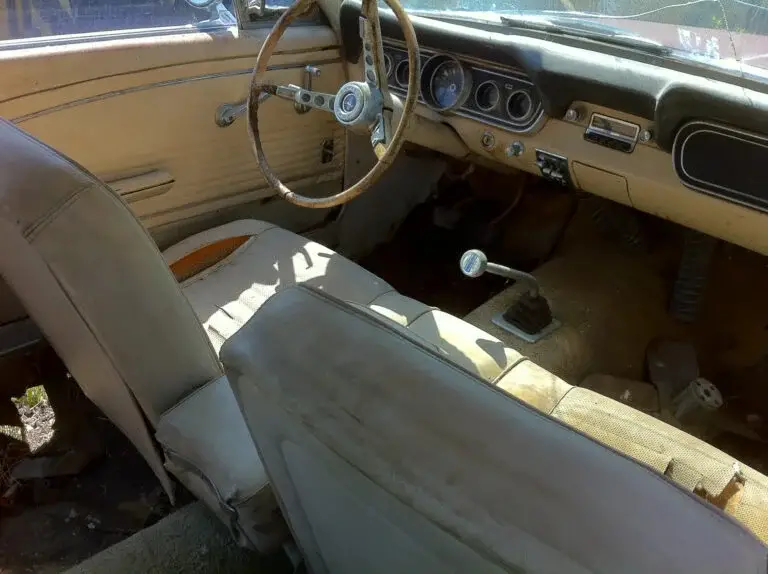
In the 1970s, wearing a seatbelt was more of a suggestion than a rule, and many people simply ignored them. Cars had seatbelts, but their use wasn’t legally required in most states, and kids were often left to roam freely in the backseat—or even the front. Some families even let children stretch out in the back of station wagons, turning the cargo area into a rolling playroom. Today, not wearing a seatbelt is not only illegal in most places, but the idea of driving without one is unthinkable.
2. Smoking Everywhere—including Hospitals and Airplanes
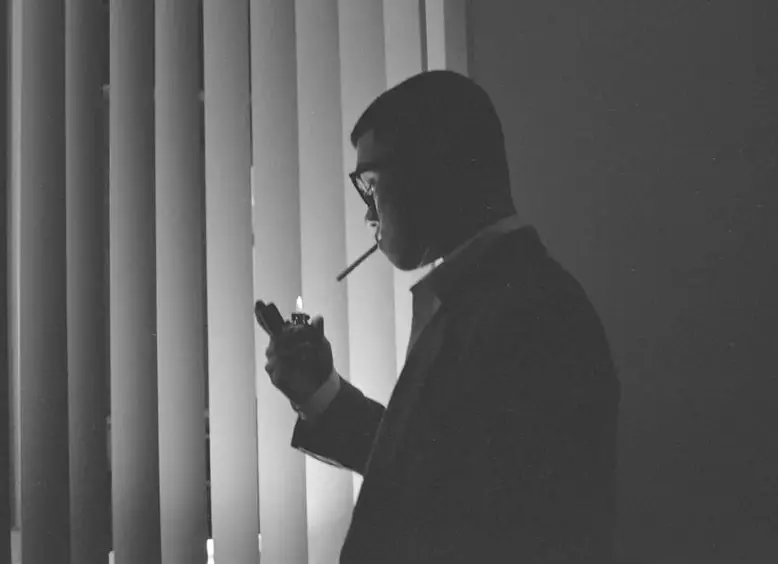
In the ’70s, smoking was allowed just about anywhere—offices, airplanes, restaurants, and even hospitals. It wasn’t unusual to see a doctor with a cigarette in hand or to be seated in the “non-smoking section” of a restaurant, which did little to keep the smoke away. Airlines had designated smoking areas, meaning entire flights were filled with secondhand smoke. Today, with strict anti-smoking laws and widespread awareness of the dangers of secondhand smoke, this would be a massive public health controversy.
3. Hitchhiking Without a Second Thought

Hitchhiking was not only common in the 1970s, but it was often seen as a legitimate way to travel, especially for young people and college students. The idea of sticking out a thumb and hopping into a stranger’s car was part of the culture, often romanticized in movies and TV shows. But as crime rates increased and true crime stories about hitchhiking tragedies became more widely known, attitudes shifted dramatically. Today, most people wouldn’t dream of picking up—or being—a hitchhiker, and parents warn their kids about the dangers of getting into a stranger’s car.
4. Highly Questionable TV Advertisements
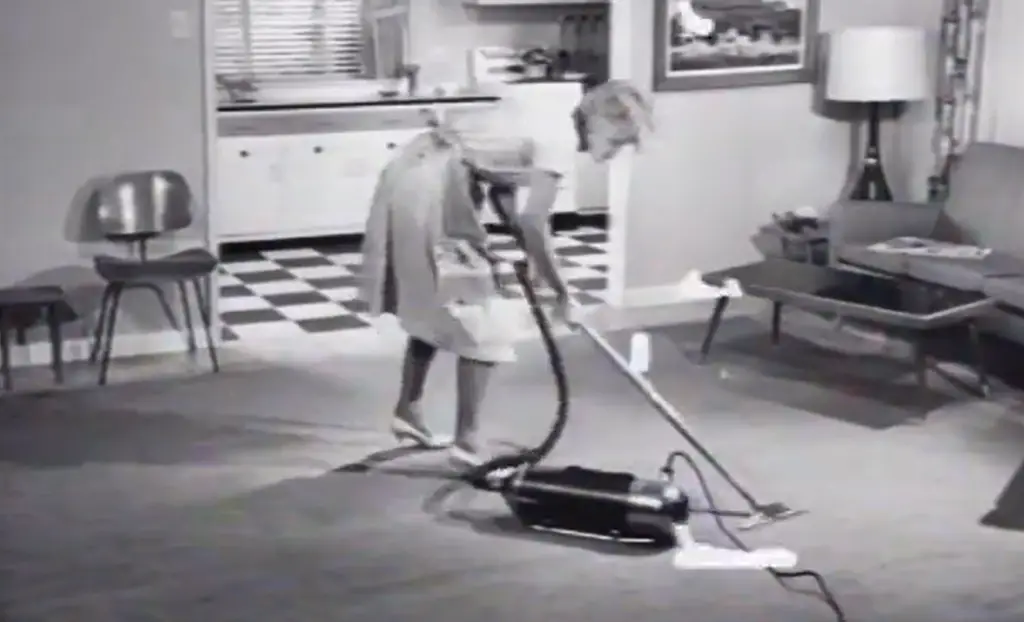
TV commercials in the ’70s were full of themes and messaging that wouldn’t pass today’s standards. From cigarette ads targeting young adults to fast food and beer commercials featuring borderline offensive humor, many ads played on stereotypes or promoted unhealthy habits without a second thought. Some of the most notorious examples include sexist commercials portraying women as incompetent or only valuable for their looks. Today, with stricter advertising regulations and public backlash over insensitive marketing, these commercials would be instantly pulled from the air.
5. Corporal Punishment in Schools

It was completely normal in the 1970s for teachers and principals to discipline students with a paddle. Many schools had an official policy allowing corporal punishment, and some even kept a paddle hanging on the wall as a warning. Parents rarely questioned this practice, often reinforcing the idea that “a good spanking never hurt anyone.” Today, most schools have banned physical punishment, and any educator attempting it would face serious consequences.
6. Kids Playing Completely Unsupervised

Back in the ’70s, kids were expected to entertain themselves, often by roaming the neighborhood or riding bikes for hours without checking in. Parents had a much more relaxed approach to supervision, and it wasn’t unusual for kids to be out until dark with no way to contact home. Strangers were less of a concern, and playgrounds were filled with metal slides, concrete surfaces, and zero safety regulations. Today, leaving kids unattended like this could lead to accusations of neglect, and many childhood activities are far more structured and monitored.
7. Lead Paint and Asbestos Everywhere

Homes, schools, and public buildings in the 1970s were filled with materials that are now considered hazardous, such as lead paint and asbestos. Lead-based paint was commonly used on walls, furniture, and even children’s toys, despite its dangers. Asbestos, widely used for insulation and fireproofing, was later linked to serious health risks, including lung disease and cancer. Today, strict safety regulations have banned these materials, and their presence in old buildings often requires expensive removal.
8. Gender-Specific Job Listings

Want ads in newspapers and job postings in the 1970s often specified whether a job was for a man or a woman. Positions labeled “Help Wanted – Male” were typically for higher-paying roles in management or physical labor, while “Help Wanted – Female” jobs were often clerical, secretarial, or service-oriented. The idea that certain careers were only suited for one gender was rarely questioned at the time. Today, such job listings would be considered blatant discrimination and would lead to major legal consequences.
9. Casual Workplace Behavior That Would Now Be HR Violations

The workplace culture of the 1970s was far more relaxed—sometimes in ways that wouldn’t be tolerated today. It wasn’t uncommon for employees to drink on the job, smoke in the office, or make inappropriate jokes without fear of consequences. Many workplaces had a “boys’ club” mentality, where women were often subjected to unwanted attention or condescending treatment. Today, strict workplace policies exist to prevent discrimination, harassment, and unprofessional behavior, making the old office culture of the ’70s seem shockingly outdated.
10. Drinking and Driving Was Barely Taken Seriously
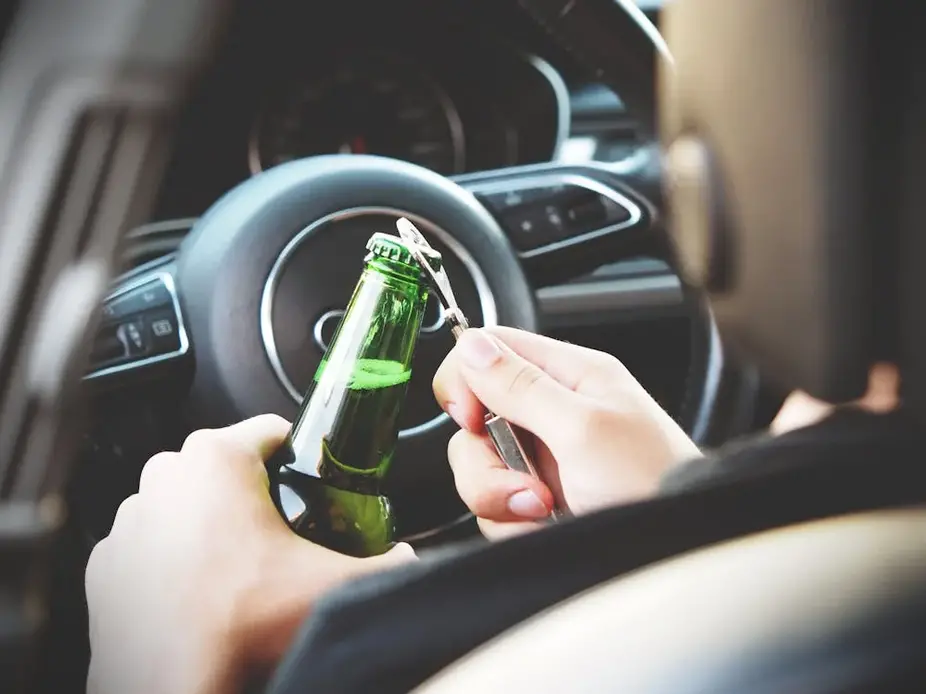
While DUI laws existed in the 1970s, the enforcement of drunk driving regulations was much looser than today. It wasn’t uncommon for people to drive home after having several drinks, and designated drivers weren’t a widely known concept. Some states still allowed open containers in cars, and it wasn’t unusual to hear people joke about “having one for the road.” Today, with strict DUI laws, public awareness campaigns, and rideshare options, drinking and driving is universally condemned.
11. Air Travel Without Security Checks

Flying in the 1970s was a completely different experience—there were no TSA screenings, no removing shoes, and no long security lines. Passengers could walk straight to the gate, and family members could even join them at the terminal to say goodbye. Carry-on baggage wasn’t thoroughly checked, and IDs were barely glanced at, making it shockingly easy to board a plane with minimal restrictions. Today, strict airport security is the norm, and the idea of casually walking onto a flight without thorough screening would be unthinkable.
12. Sugary Breakfasts Marketed Directly to Kids

Cereal commercials in the ’70s aggressively targeted kids, with mascots convincing them that marshmallow-packed, sugar-loaded cereals were a great way to start the day. Products like Cookie Crisp, Froot Loops, and Count Chocula had little to no nutritional value, but advertising made them seem essential for a fun childhood. The idea of giving kids that much sugar in the morning was rarely questioned, and even school lunches featured similarly sugary options. Today, with growing concerns about childhood obesity and nutrition, these kinds of marketing tactics would face significant pushback.
13. Music and TV with Zero Content Warnings
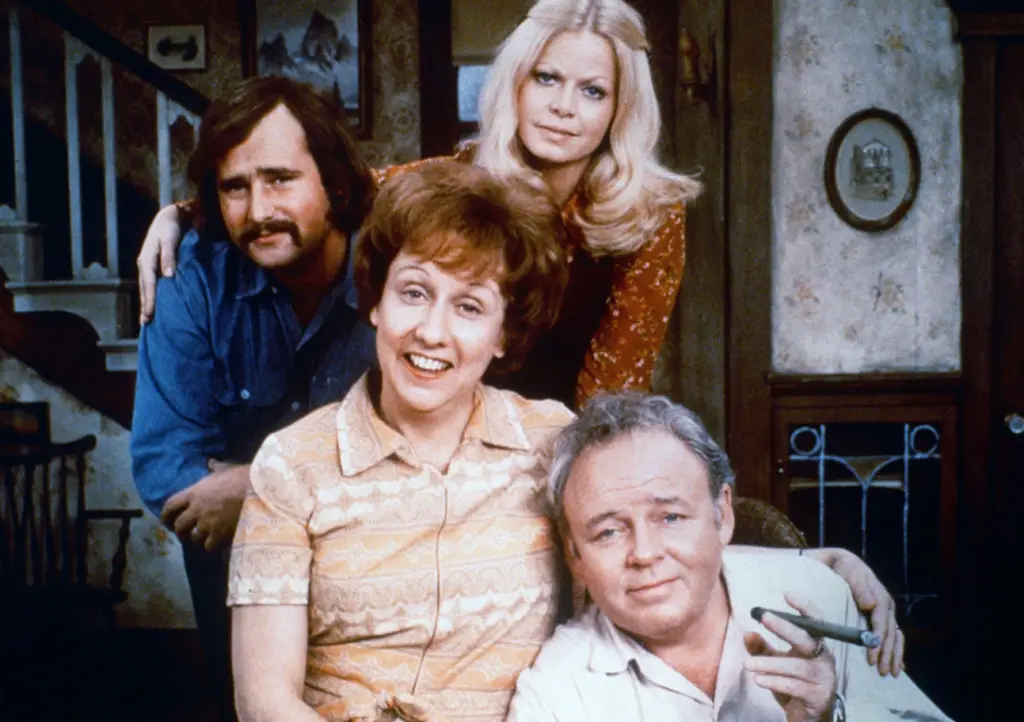
Entertainment in the ’70s was far less censored, with TV shows, movies, and music often including material that would come with a warning today. Songs with mature themes played on the radio without a second thought, and TV programs had humor that would now be considered offensive or inappropriate. Kids watched whatever was on, and parents rarely worried about content ratings because they didn’t exist. Today, with content warnings, parental controls, and social media scrutiny, much of what was aired in the ’70s would cause major controversy.
The ’70s were a different time, and while some things might inspire nostalgia, others make you wonder how they were ever considered normal. Many of these changes have been for the better, improving safety, equality, and overall awareness. But one thing’s for sure—the past was a lot less regulated than today. Looking back, it’s amazing to see how much society has shifted in just a few decades.


